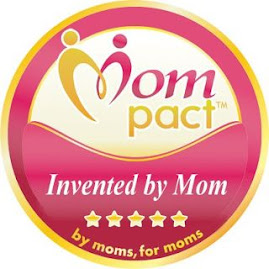You may have never intended to be breastfeeding while pregnant, but here you are. The fact is that lots of nursing mommies never actually plan to be breastfeeding while pregnant, but as many of us know…sometimes babies are conceived at the most unexpected times!
On the other hand, you may be one of the moms that actually plans a pregnancy while still breastfeeding to ensure that your sweeties are close in age.
No matter what your situation, these moms all find themselves in the situation of nursing while pregnant.
Symptoms of Pregnancy During BreastfeedingThere are various things that a nursing mother might notice that may alert her to the fact that she may be pregnant while still nursing.
* Some women notice a decrease in their milk supply. This is usually not a permanent situation and your supply will adjust back so that you can continue nursing.
* You may have sensitive nipples.
* You may be more tired or thirsty than in a previous pregnancy…but as long as you keep drinking enough and resting enough this should not be a problem.
Is It Safe to Continue to Breastfeed?Breastfeeding.com says Absolutely! In fact, throughout much of the world, breastfeeding while pregnant is a common occurrence. It is just “normal.” There is no reason why a mother cannot preserve a good breastfeeding relationship with her child without risk to the health of her new baby who is growing inside her. It is a very safe and natural event.
Research confirms that any mother who is getting the proper nutrition should have no problem providing perfect nutrition for both her unborn baby and the breastfeeding child. However, if a child is younger than one year, it is important to watch your child’s weight gain and provide additional solid food if necessary. (Your pediatrician can help you determine your child's needs.)
Things you may noticeIn some case, the nursing child will think that the
breastmilk tastes different or may be frustrated by a supply drop during pregnancy. This is normal and is not a sign that you must stop breastfeeding.
If you decide you want to
wean your child, it's still easiest to do it slowly. Many moms try the "don't offer, don't refuse" approach if their child is old enough. Then if you can anticipate when your child is likely to want to breastfeed, you simply offer a snack or a helpful distraction instead.
However, most children simply adjust to the taste, your breast milk supply returns and they are perfectly content to keep nursing as long as mom is willing.
Don't
ForgetBreastfeeding during this pregnancy may provide one of your last opportunities to sit alone with your breastfeeding child and nurse, cuddle and truly enjoy these moments...because before you know it you will have to divide your time between him and the new baby.
Enjoy this time! Don’t rush to wean. Allow your sweet baby to nurse and he will have the reassurance that, although there is a new baby coming, you still want what is best for him, too.
information in this article came from breastfeeding.com 1/7/11

 Thrush symptoms seem to occur sooner or later for most breastfeeding moms. Here's how to know if you or your baby has thrush:
Thrush symptoms seem to occur sooner or later for most breastfeeding moms. Here's how to know if you or your baby has thrush:



